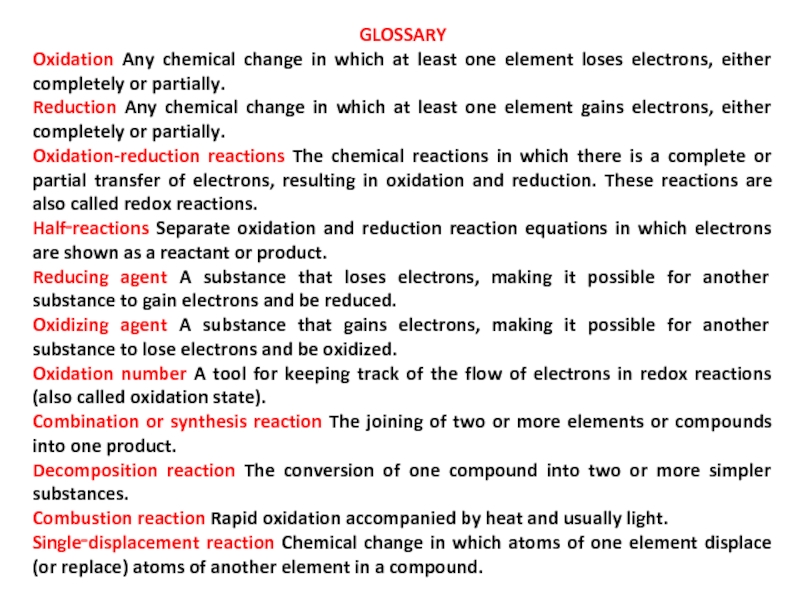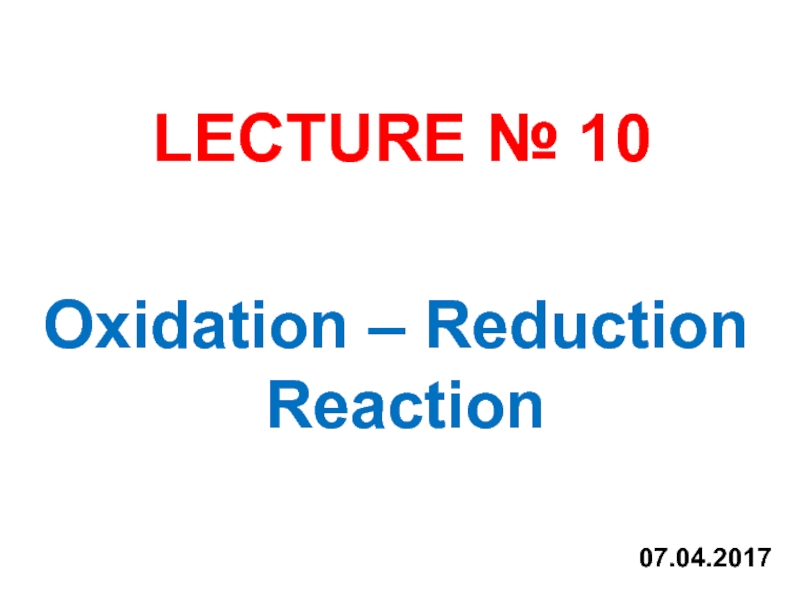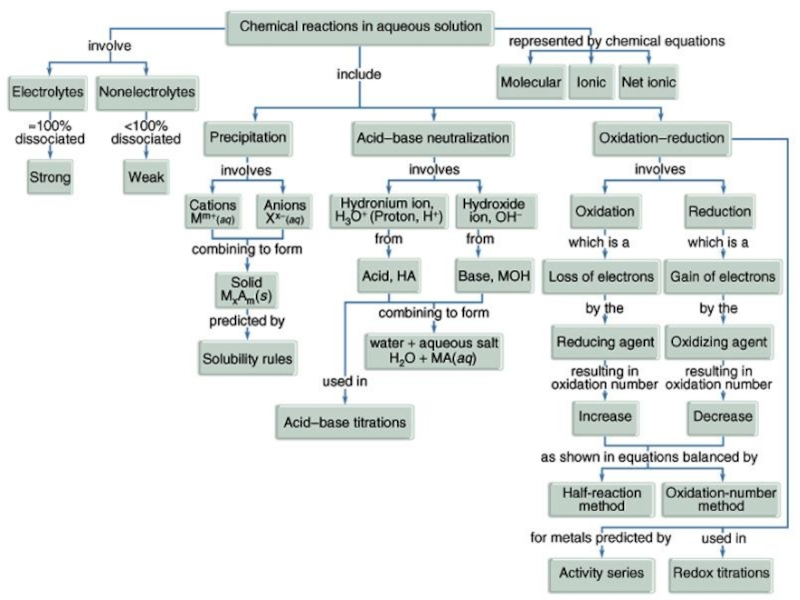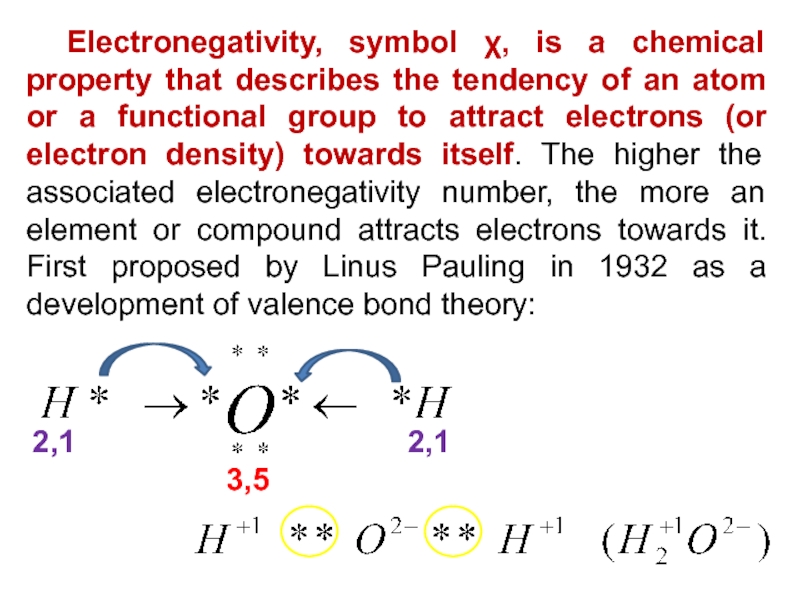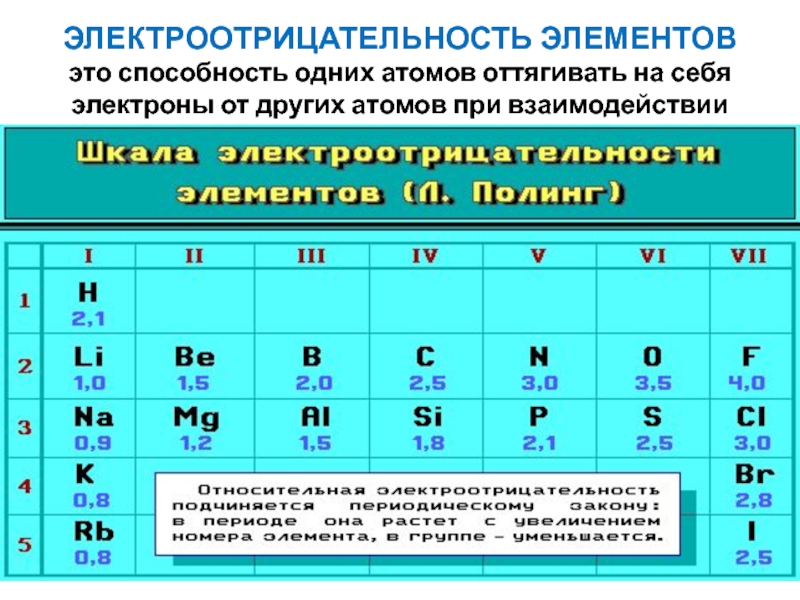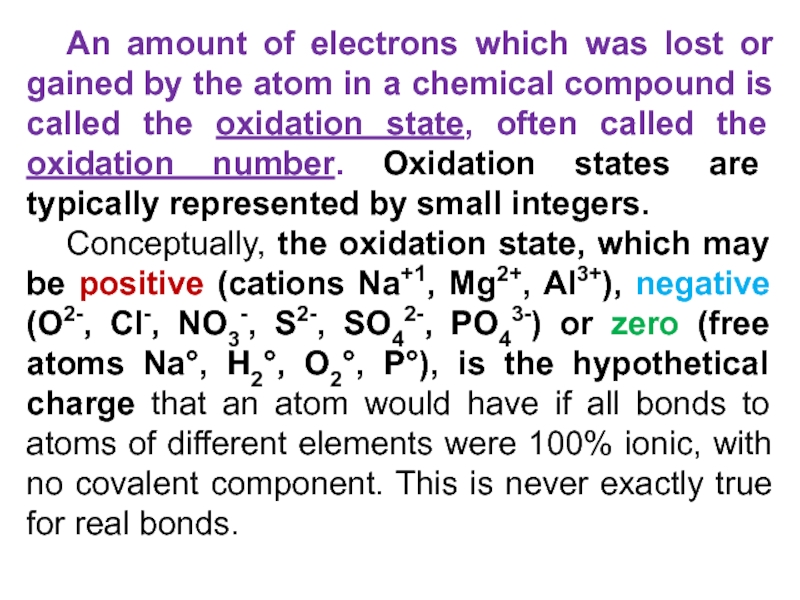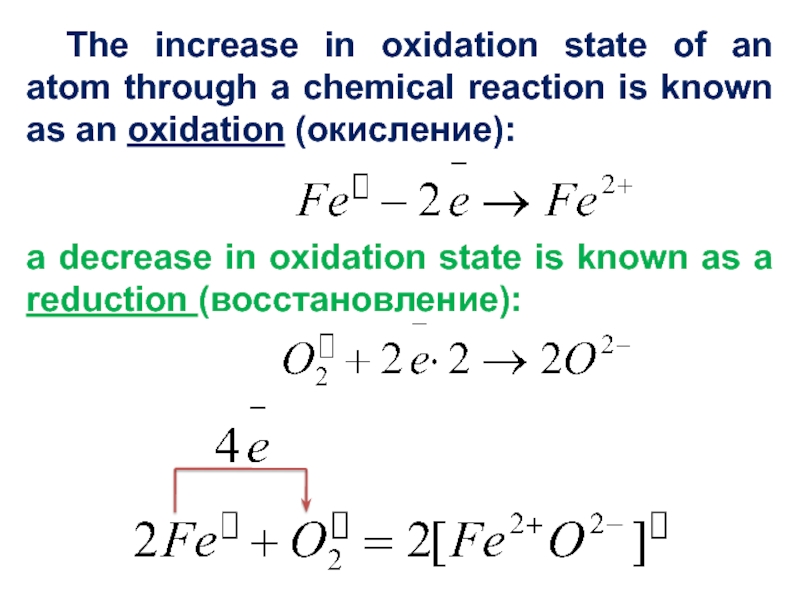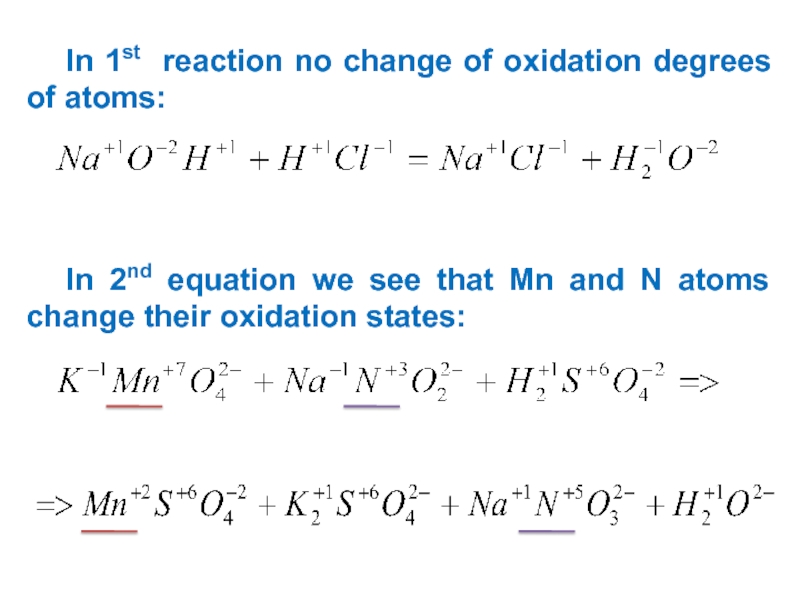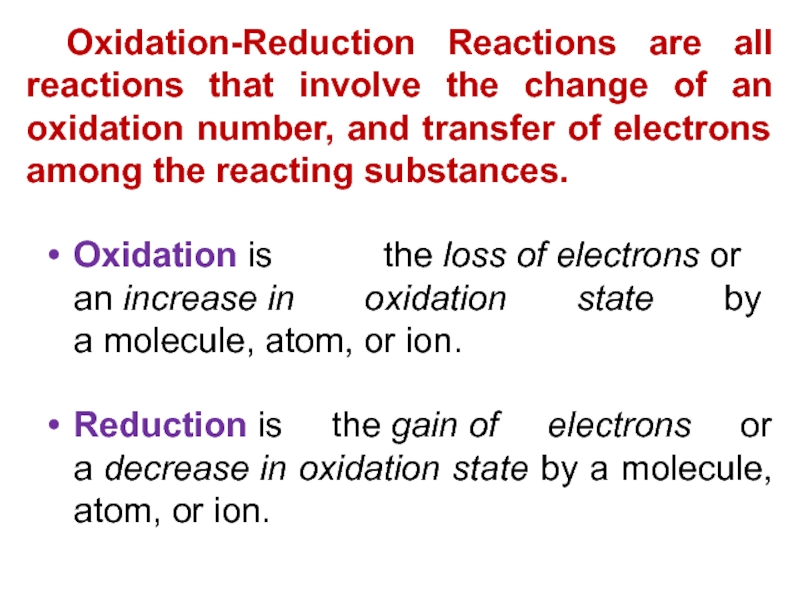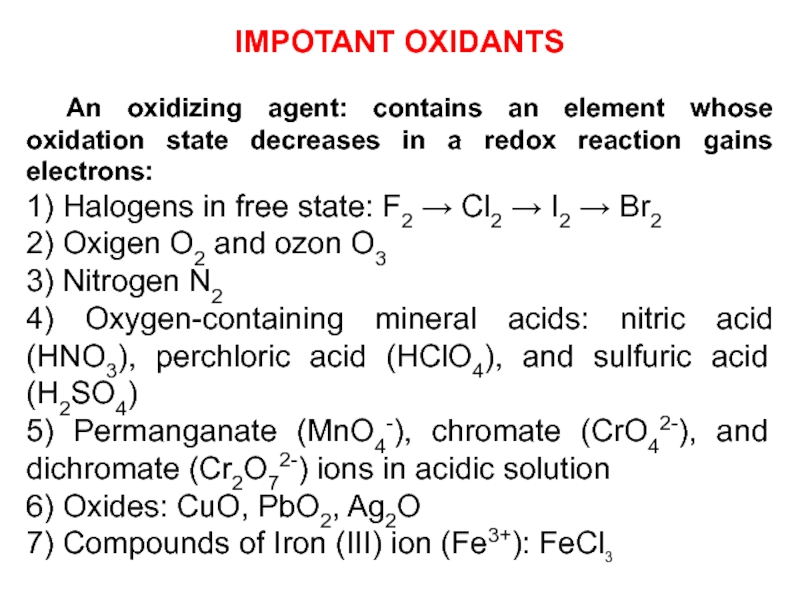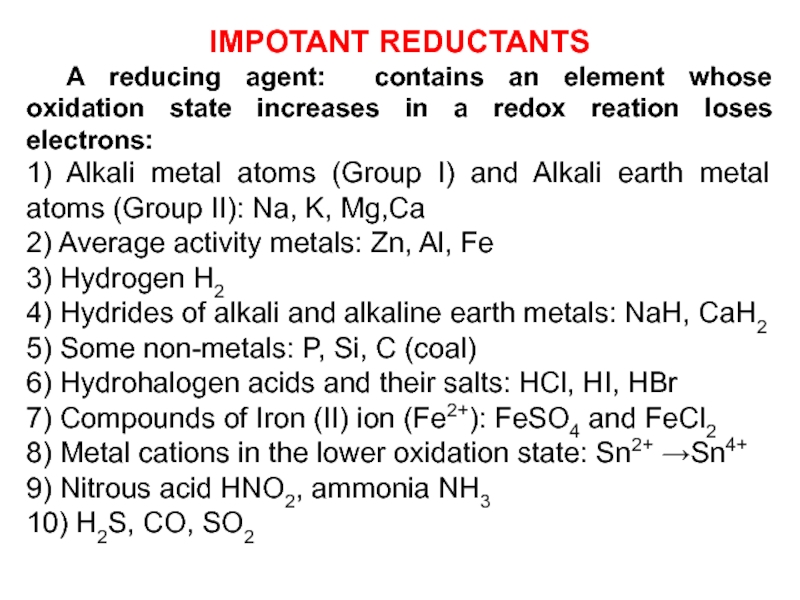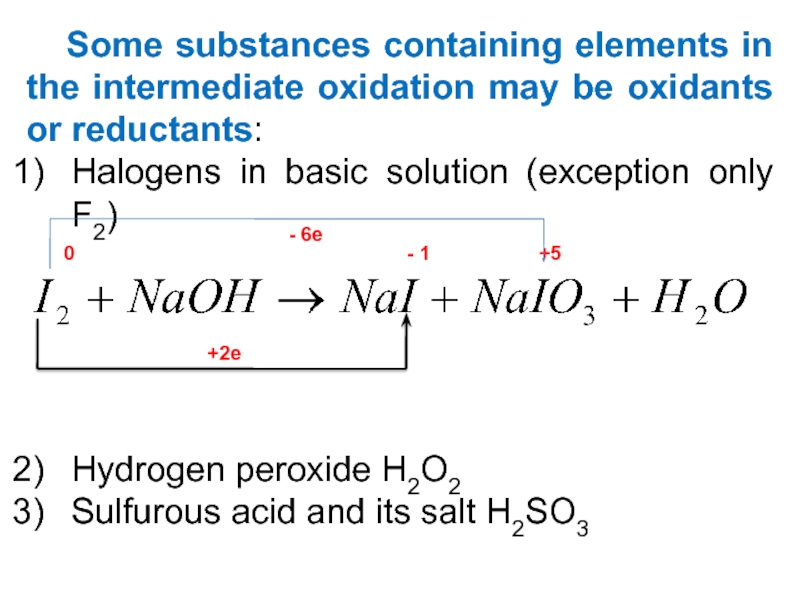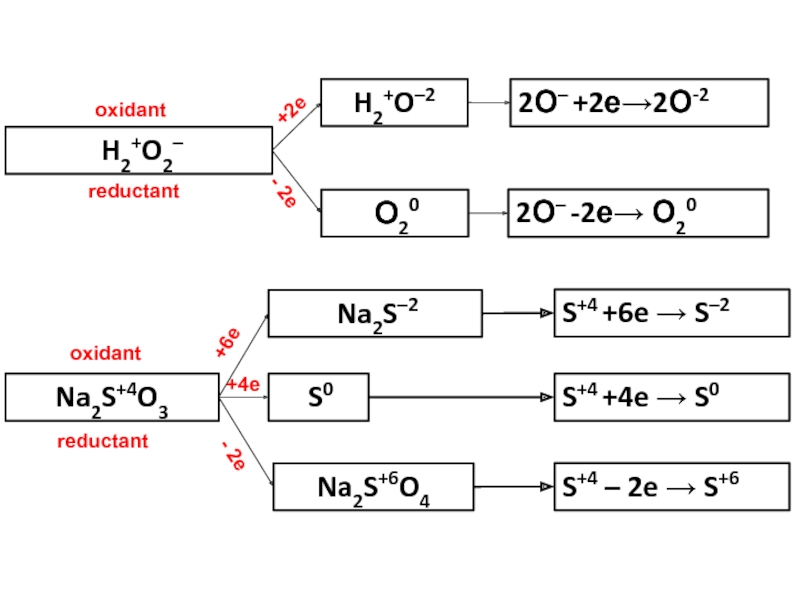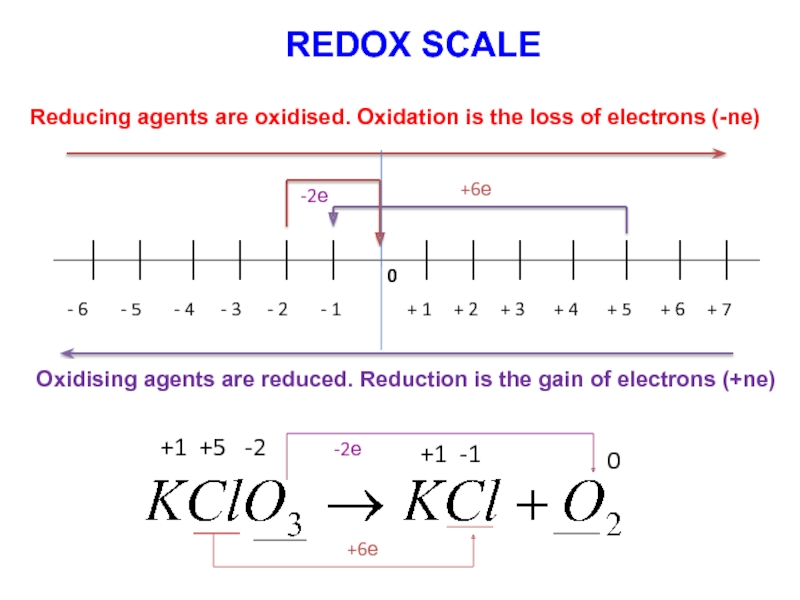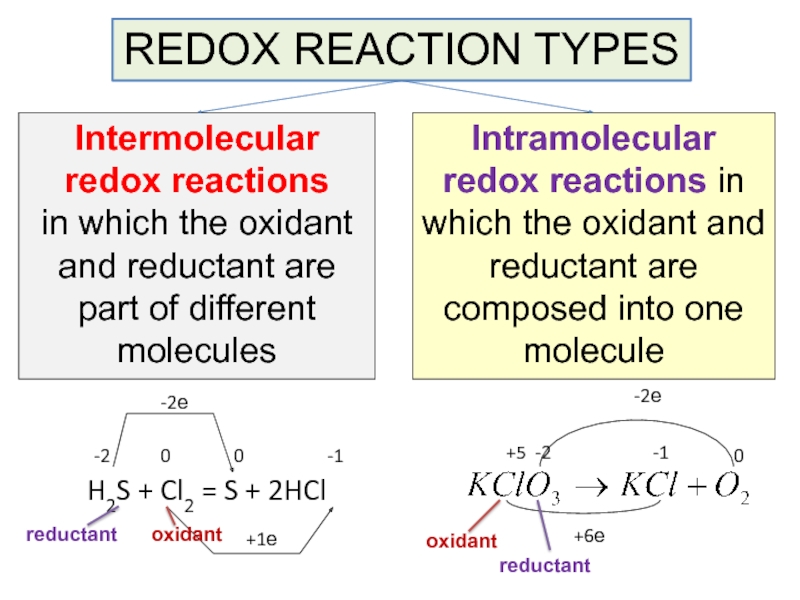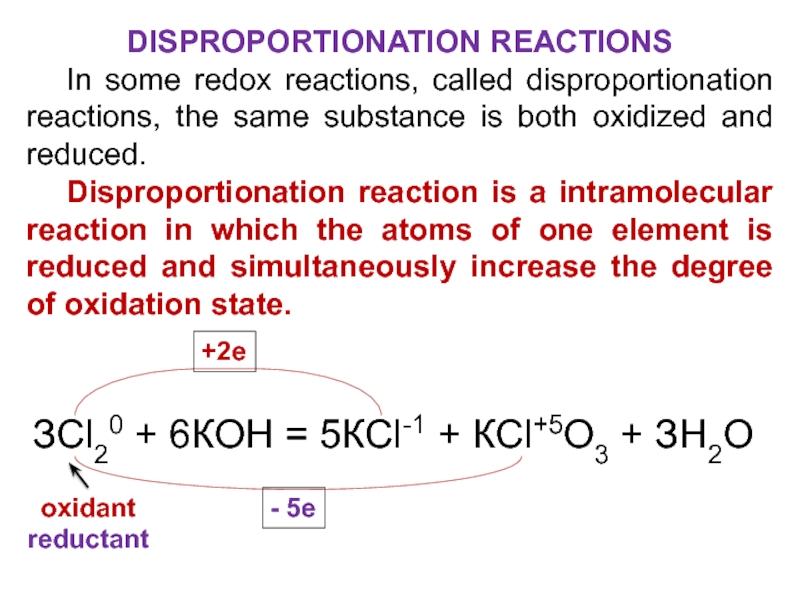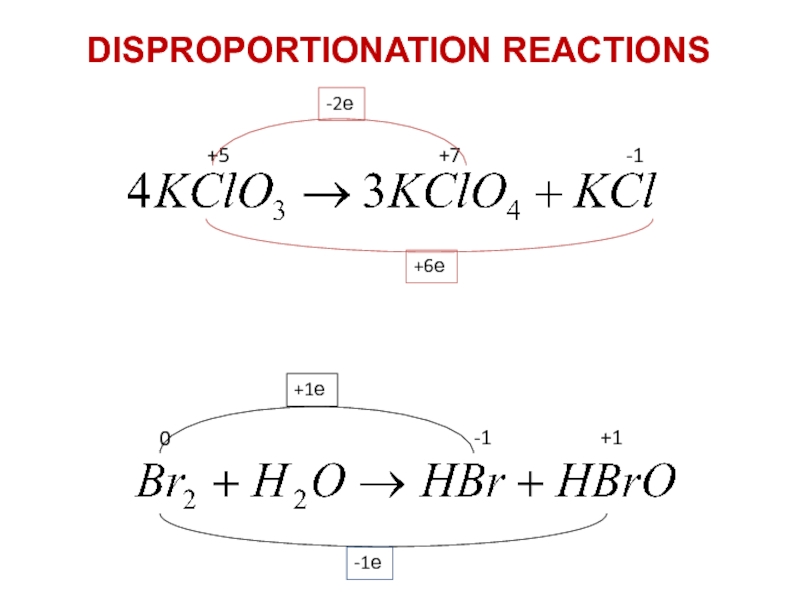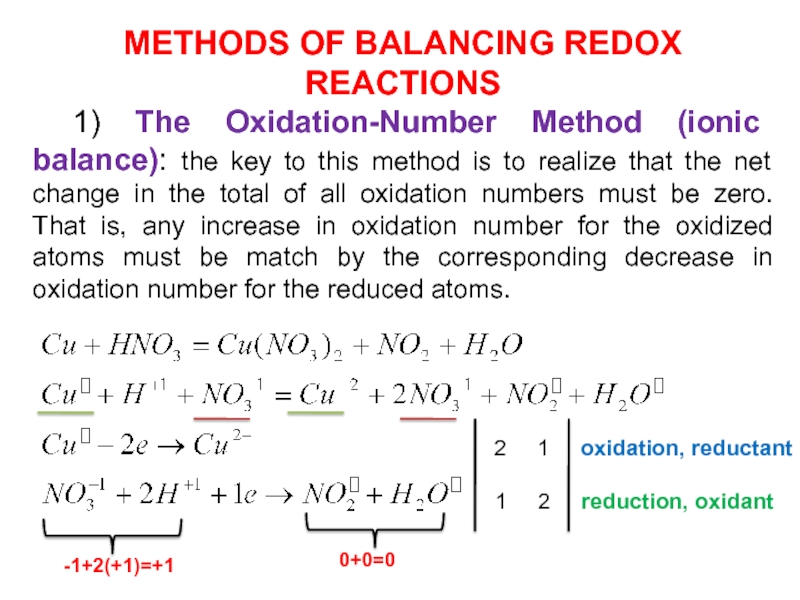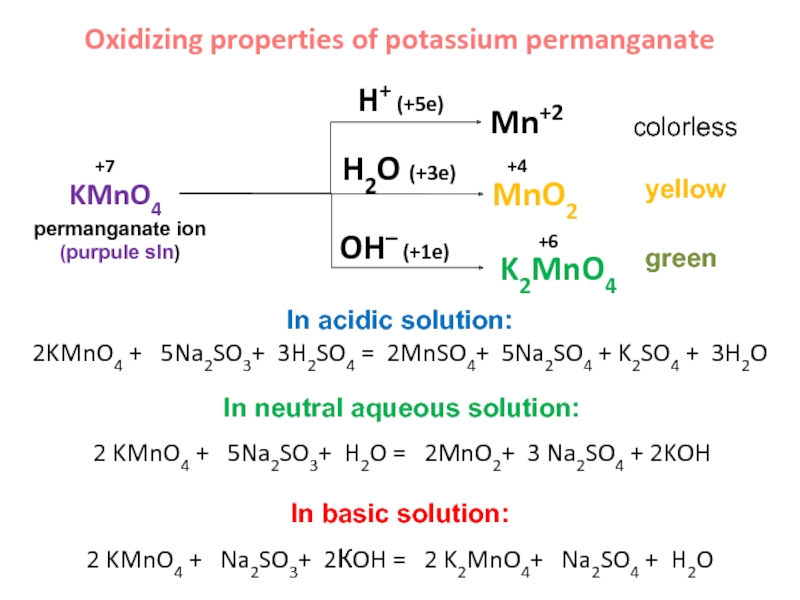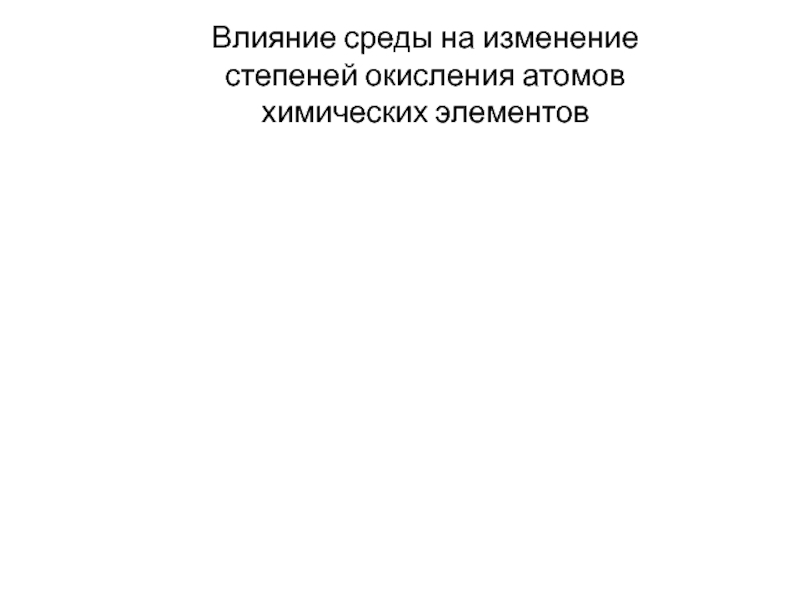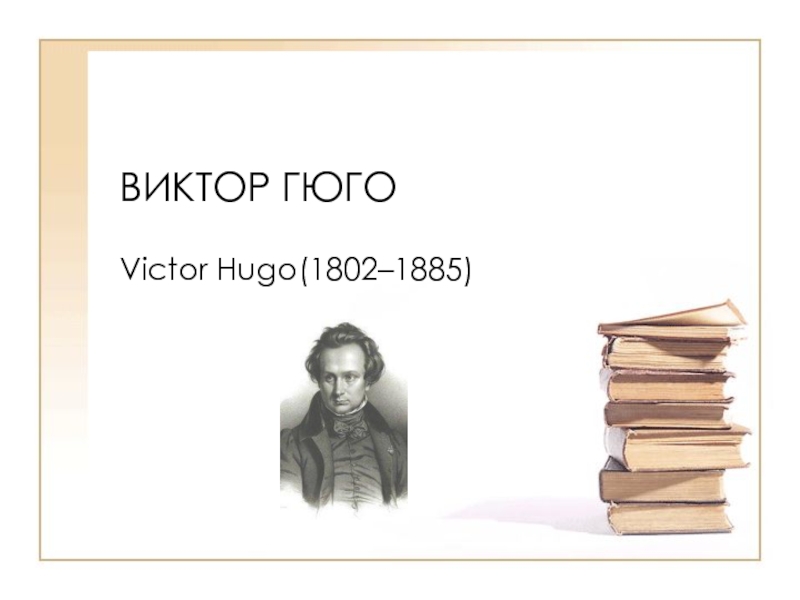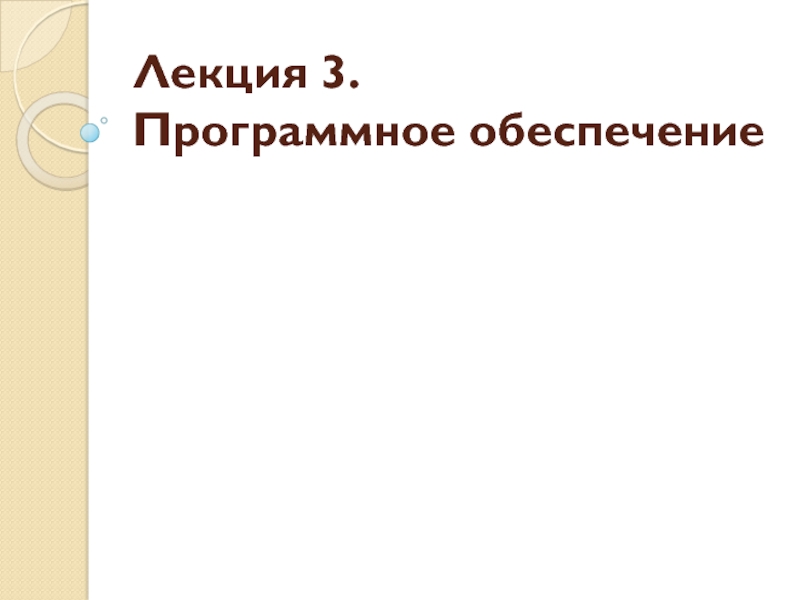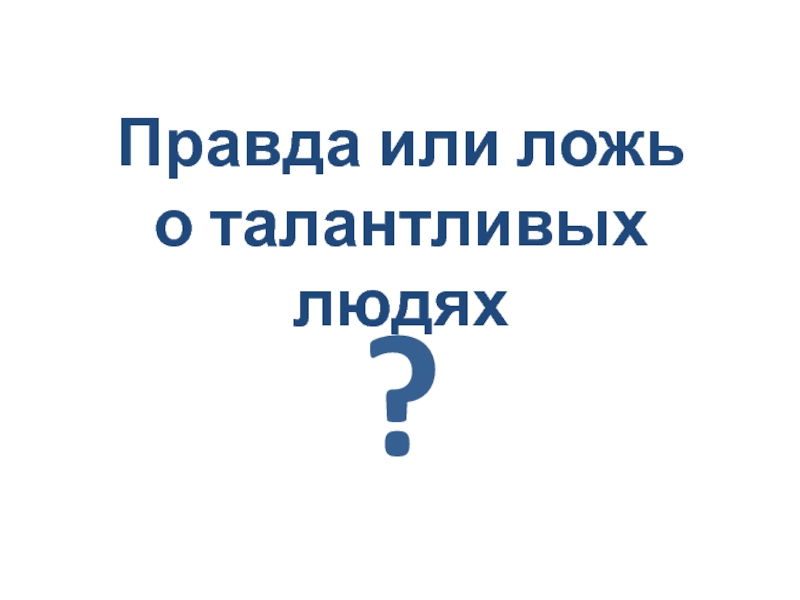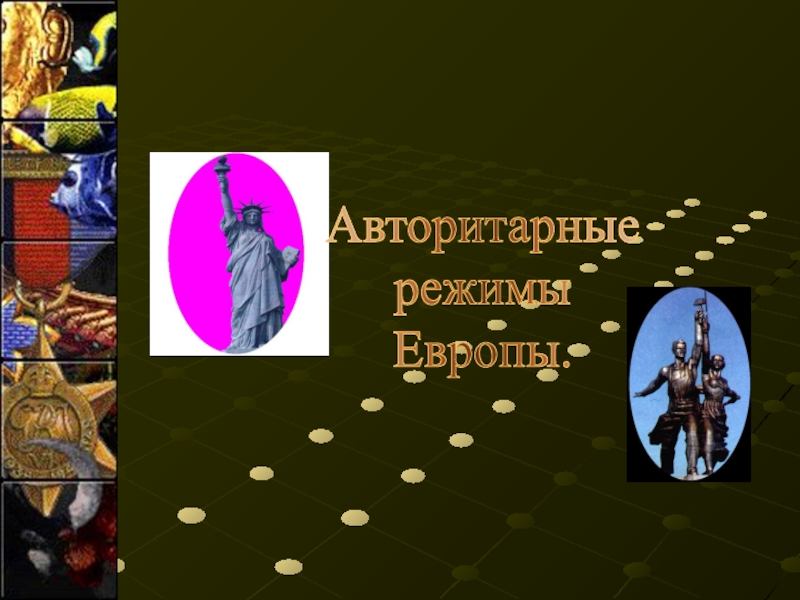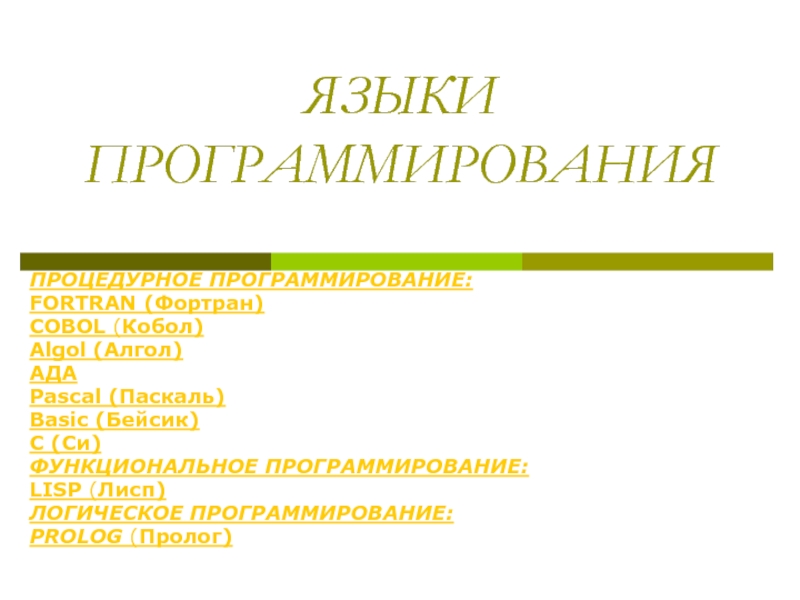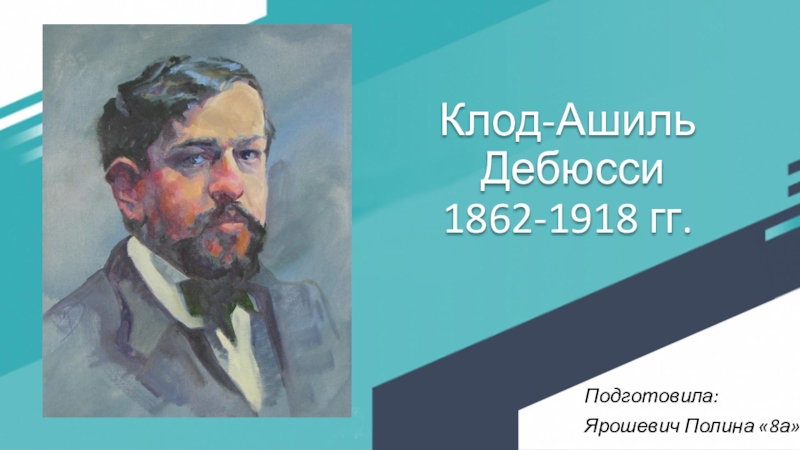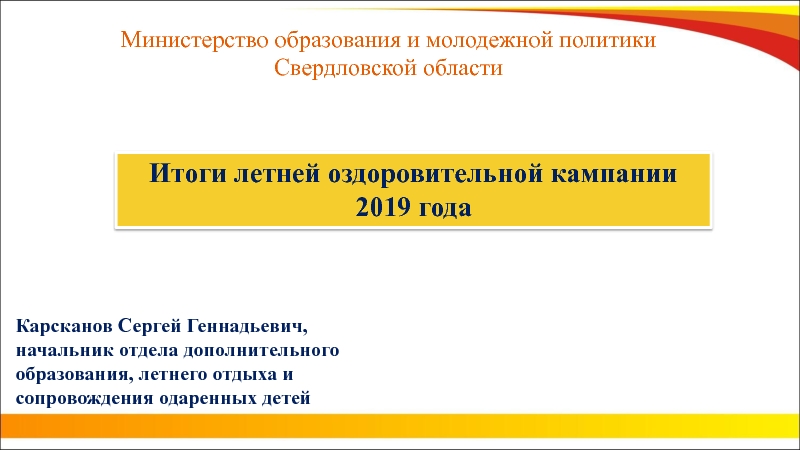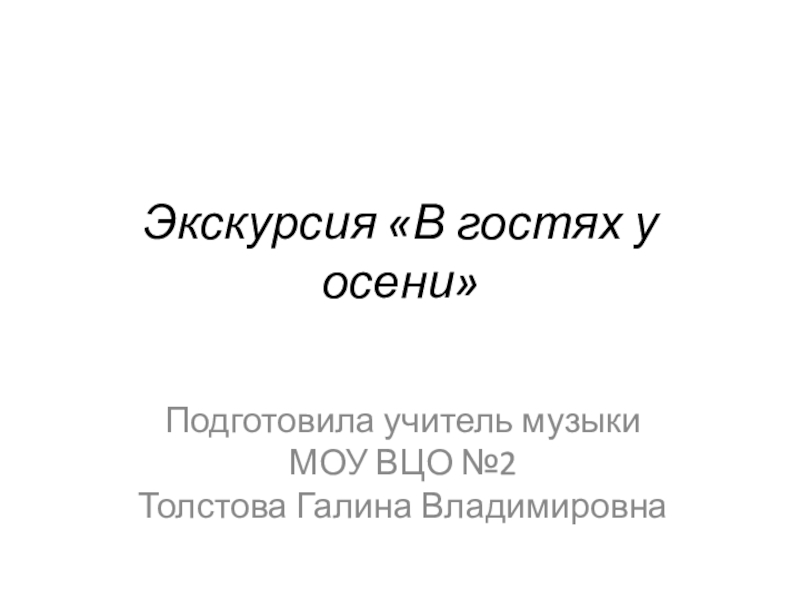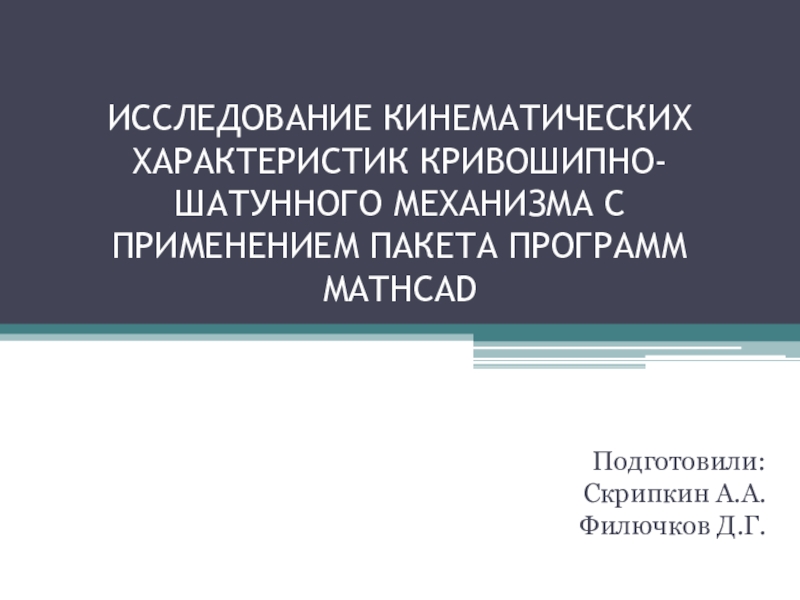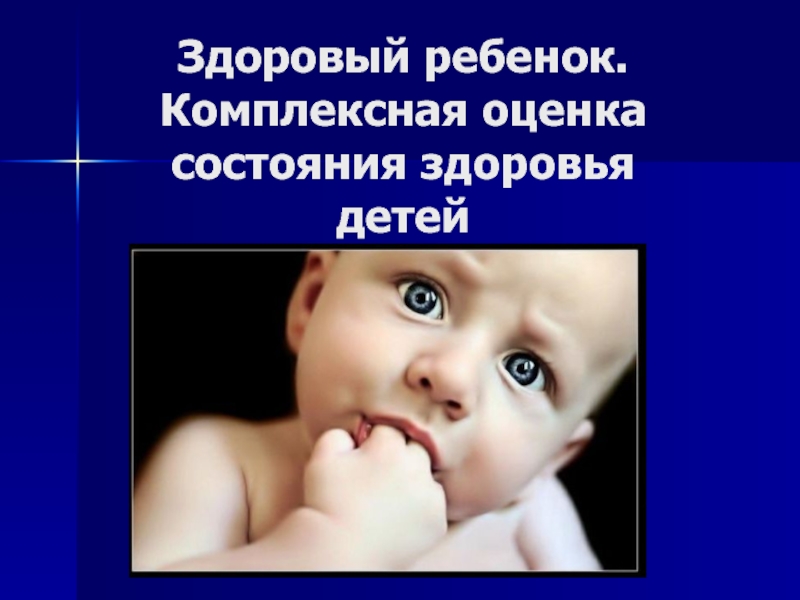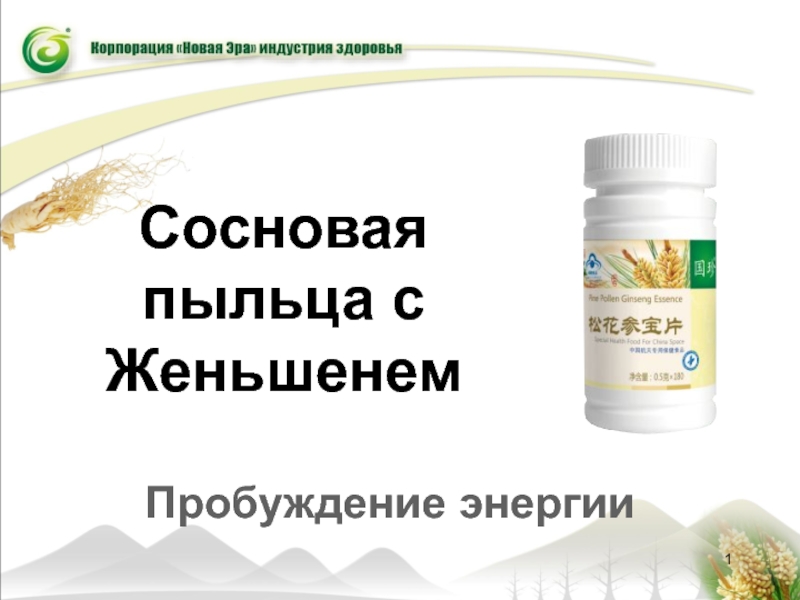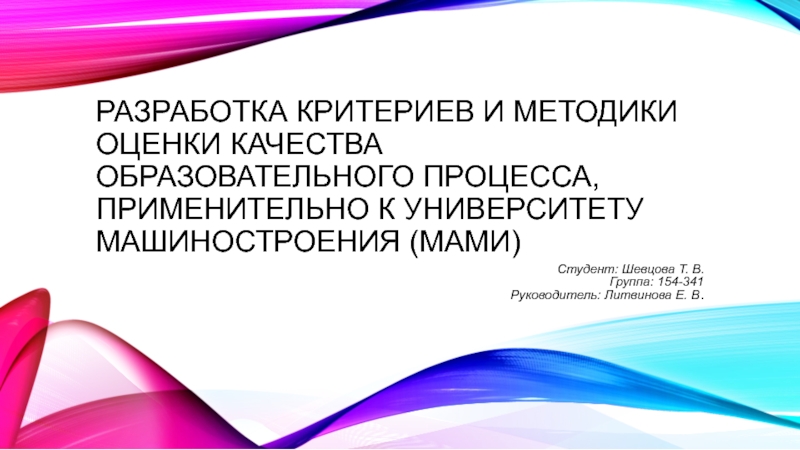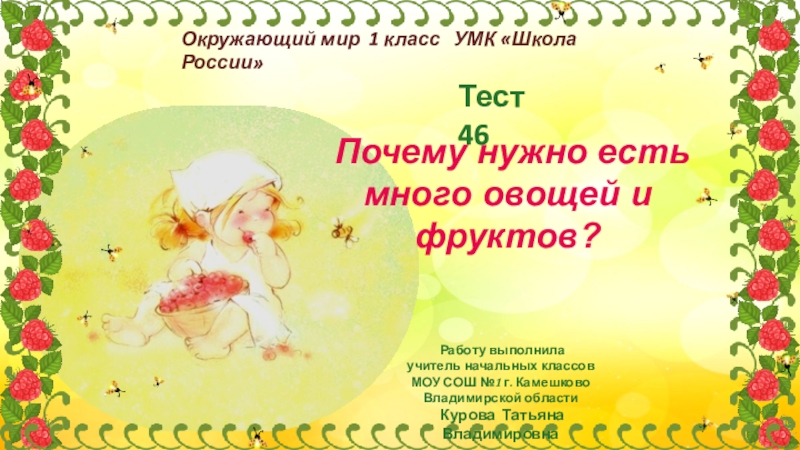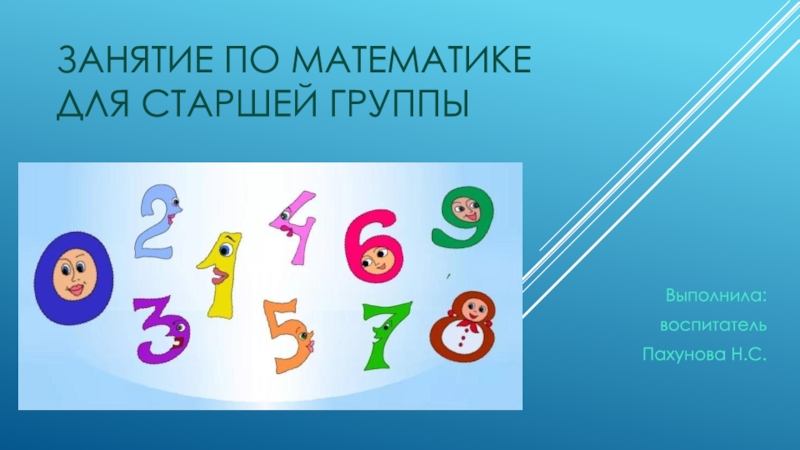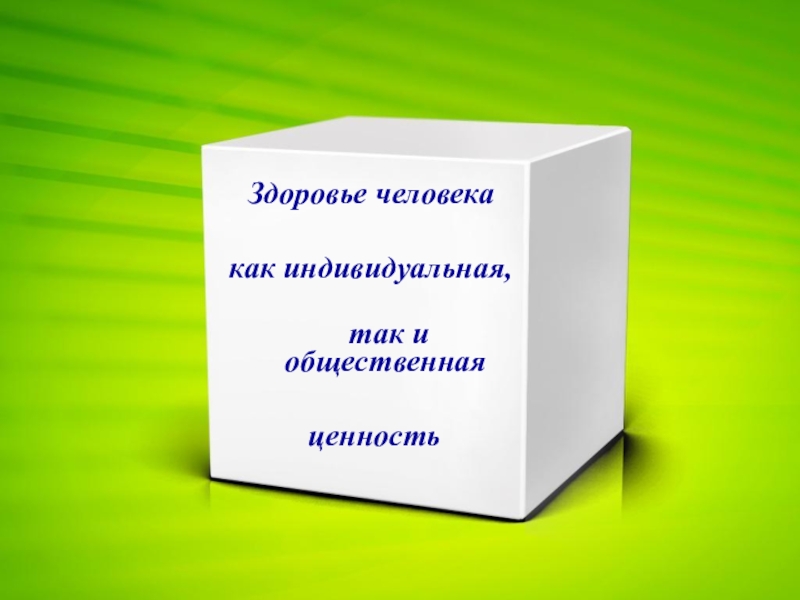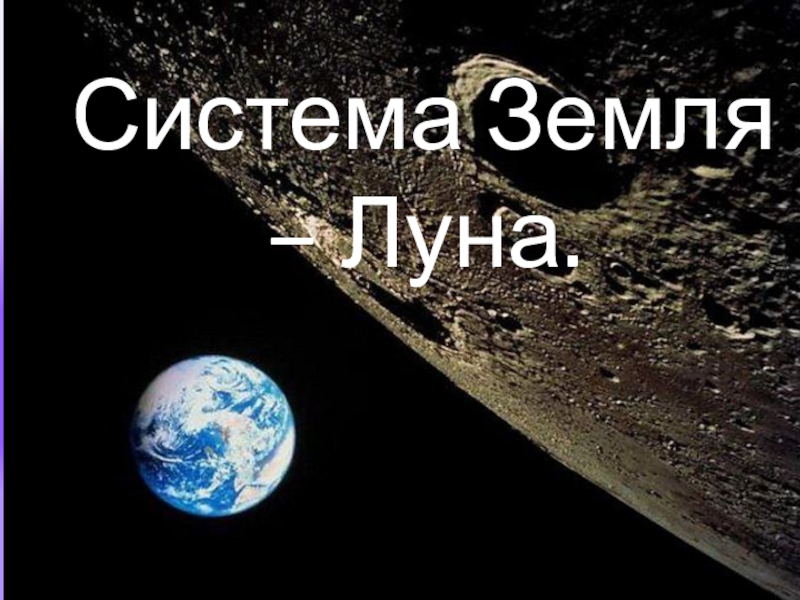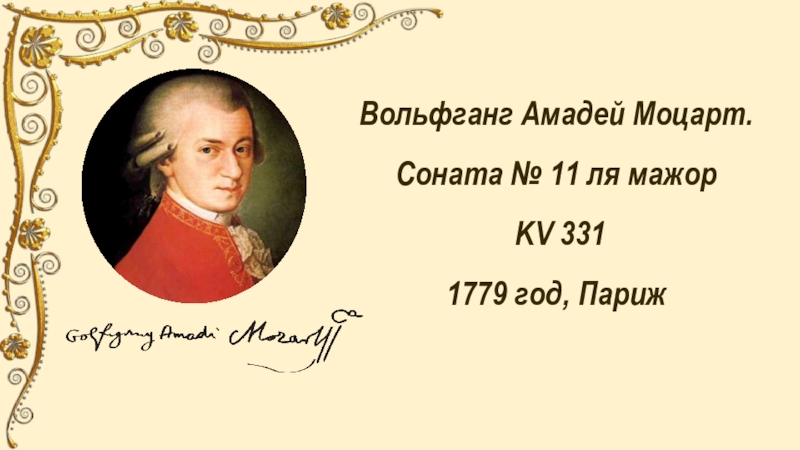Слайд 1 LECTURE № 10
Oxidation – Reduction
Reaction
07.04.2017
Слайд 3 Electronegativity, symbol χ, is a chemical property that describes the
tendency of an atom or a functional group to attract
electrons (or electron density) towards itself. The higher the associated electronegativity number, the more an element or compound attracts electrons towards it. First proposed by Linus Pauling in 1932 as a development of valence bond theory:
3,5
2,1
2,1
Слайд 4ЭЛЕКТРООТРИЦАТЕЛЬНОСТЬ ЭЛЕМЕНТОВ
это способность одних атомов оттягивать на себя электроны от
других атомов при взаимодействии
Слайд 5 Not all atoms attract electrons with the same force. The
amount of "pull" an atom exerts on its electrons is
called its electronegativity. Atoms with high electronegativities — such as fluorine (4,0), oxygen (3,5), and nitrogen (3,0) — exert a greater pull on electrons than atoms (metals have <1,5) with lower electronegativities. In a bond, this leads to unequal sharing of electrons between the atoms, as electrons will be drawn closer to the atom with the higher electronegativity.
Because electrons have a negative charge, the unequal sharing of electrons within a bond leads to the formation of an electric dipole: a separation of positive and negative electric charge. Because the amount of charge separated in such dipoles is usually smaller than a fundamental charge, they are called partial charges, denoted as δ+ (delta plus) and δ− (delta minus). These symbols were introduced by Christopher Ingold and his wife Hilda Usherwood in 1926. The bond dipole moment is calculated by multiplying the amount of charge separated and the distance between the charges.
These dipoles within molecules can interact with dipoles in other molecules, creating dipole-dipole intermolecular forces.

Слайд 6 An amount of electrons which was lost or gained by
the atom in a chemical compound is called the oxidation
state, often called the oxidation number. Oxidation states are typically represented by small integers.
Conceptually, the oxidation state, which may be positive (cations Na+1, Mg2+, Al3+), negative (O2-, Cl-, NO3-, S2-, SO42-, PO43-) or zero (free atoms Na, H2, O2, P), is the hypothetical charge that an atom would have if all bonds to atoms of different elements were 100% ionic, with no covalent component. This is never exactly true for real bonds.
Слайд 8 The increase in oxidation state of an atom through a
chemical reaction is known as an oxidation (окисление):
a decrease in
oxidation state is known as a reduction (восстановление):
Слайд 9 In 1st reaction no change of oxidation degrees of atoms:
In
2nd equation we see that Mn and N atoms change
their oxidation states:
Слайд 10 Oxidation-Reduction Reactions are all reactions that involve the change of
an oxidation number, and transfer of electrons among the reacting
substances.
Oxidation is the loss of electrons or an increase in oxidation state by a molecule, atom, or ion.
Reduction is the gain of electrons or a decrease in oxidation state by a molecule, atom, or ion.
Слайд 11 The chemical substance which loses electrons, is oxidised (as result
increases its valency) and called the reducing agent (reductant).
The chemical
substance which gains electrons is reduced (as result decreases its valency) and called the oxidising agent (oxidant).
reducing
agent
oxidizing
agent
Слайд 12IMPOTANT OXIDANTS
An oxidizing agent: contains an element whose oxidation state
decreases in a redox reaction gains electrons:
1) Halogens in free
state: F2 Cl2 I2 Br2
2) Oxigen O2 and ozon O3
3) Nitrogen N2
4) Oxygen-containing mineral acids: nitric acid (HNO3), perchloric acid (HClO4), and sulfuric acid (H2SO4)
5) Permanganate (MnO4-), chromate (CrO42-), and dichromate (Cr2O72-) ions in acidic solution
6) Oxides: CuO, PbO2, Ag2O
7) Compounds of Iron (III) ion (Fe3+): FeCl3
Слайд 13IMPOTANT REDUCTANTS
A reducing agent: contains an element whose oxidation state
increases in a redox reation loses electrons:
1) Alkali metal atoms
(Group I) and Alkali earth metal atoms (Group II): Na, K, Mg,Ca
2) Average activity metals: Zn, Al, Fe
3) Hydrogen H2
4) Hydrides of alkali and alkaline earth metals: NaH, CaH2
5) Some non-metals: P, Si, C (coal)
6) Hydrohalogen acids and their salts: HCl, HI, HBr
7) Compounds of Iron (II) ion (Fe2+): FeSO4 and FeCl2
8) Metal cations in the lower oxidation state: Sn2+ Sn4+
9) Nitrous acid HNO2, ammonia NH3
10) H2S, CO, SO2
Слайд 14 Some substances containing elements in the intermediate oxidation may be
oxidants or reductants:
Halogens in basic solution (exception only F2)
Hydrogen peroxide
H2O2
Sulfurous acid and its salt H2SO3
0
- 1
+5
+2e
- 6e
Слайд 15 H2+O2–
Na2S+4O3
S0
H2+O–2
2О– +2е2О-2
2О– -2е
О20
Na2S–2
О20
Na2S+6O4
S+4 +6e S–2
S+4 +4e S0
S+4 – 2e S+6
+2e
- 2e
oxidant
reductant
oxidant
+6e
- 2e
reductant
+4e
Слайд 16+ 1
- 1
- 2
- 3
- 4
- 5
- 6
+ 2
+ 3
+
4
+ 5
+ 6
+ 7
0
REDOX SCALE
+1 +5 -2
+1 -1
0
+6е
-2е
-2е
+6е
Reducing agents
are oxidised. Oxidation is the loss of electrons (-ne)
Oxidising agents are reduced. Reduction is the gain of electrons (+ne)
Слайд 17REDOX REACTION TYPES
Intermolecular redox reactions
in which the oxidant and
reductant are part of different molecules
Intramolecular redox reactions in which
the oxidant and reductant are composed into one molecule
H2S + Cl2 = S + 2HCl
-2
0
-2е
0
-1
+1е
reductant
oxidant
oxidant
reductant
-2е
+6е
+5 -2
-1
0
Слайд 18DISPROPORTIONATION REACTIONS
In some redox reactions, called disproportionation reactions, the same
substance is both oxidized and reduced.
Disproportionation reaction is a
intramolecular reaction in which the atoms of one element is reduced and simultaneously increase the degree of oxidation state.
ЗСl20 + 6КОН = 5КСl-1 + КСl+5О3 + ЗН2О
oxidant
reductant
+2e
- 5e
Слайд 19+5
+7
-1
-2е
+6е
0
-1
+1
-1е
+1е
DISPROPORTIONATION REACTIONS
Слайд 20METHODS OF BALANCING REDOX REACTIONS
1) The Oxidation-Number Method (ionic balance):
the key to this method is to realize that the
net change in the total of all oxidation numbers must be zero. That is, any increase in oxidation number for the oxidized atoms must be match by the corresponding decrease in oxidation number for the reduced atoms.
-1+2(+1)=+1
0+0=0
1 oxidation, reductant
1 2 reduction, oxidant
Слайд 21 2) Half Reactions Method (electronic balance):
1) Write and balance separate
half-equations for oxidation and reduction, and balance the equation.
2) Adjust
coefficients in the two half-equation so that the same number of electrons appears in each half equation.
3) Add together the two half-equation, then cancel the species common to both side of the equation to obtain the balanced overall equation.
4 = 2 reduction, oxidant
4 6 = 3 oxidation, reductant
Слайд 22 H2O (+3e)
KMnO4
Mn+2
MnO2
K2MnO4
H+ (+5e)
OH– (+1e)
In acidic solution:
2KMnO4 + 5Na2SO3+ 3H2SO4 = 2MnSO4+
5Na2SO4 + K2SO4 + 3H2O
In neutral aqueous solution:
2 KMnO4 + 5Na2SO3+ H2O = 2MnO2+ 3 Na2SO4 + 2KOH
In basic solution:
2 KMnO4 + Na2SO3+ 2КOH = 2 K2MnO4+ Na2SO4 + H2O
Oxidizing properties of potassium permanganate
colorless
yellow
green
permanganate ion
(purpule sln)
+4
+7
+6
Слайд 23Влияние среды на изменение степеней окисления атомов химических элементов
Слайд 24Влияние среды на изменение степеней окисления атомов химических элементов
Слайд 25Влияние среды на изменение степеней окисления атомов химических элементов
Слайд 26GLOSSARY
Oxidation Any chemical change in which at least one element
loses electrons, either completely or partially.
Reduction Any chemical change
in which at least one element gains electrons, either completely or partially.
Oxidation-reduction reactions The chemical reactions in which there is a complete or partial transfer of electrons, resulting in oxidation and reduction. These reactions are also called redox reactions.
Half‑reactions Separate oxidation and reduction reaction equations in which electrons are shown as a reactant or product.
Reducing agent A substance that loses electrons, making it possible for another substance to gain electrons and be reduced.
Oxidizing agent A substance that gains electrons, making it possible for another substance to lose electrons and be oxidized.
Oxidation number A tool for keeping track of the flow of electrons in redox reactions (also called oxidation state).
Combination or synthesis reaction The joining of two or more elements or compounds into one product.
Decomposition reaction The conversion of one compound into two or more simpler substances.
Combustion reaction Rapid oxidation accompanied by heat and usually light.
Single‑displacement reaction Chemical change in which atoms of one element displace (or replace) atoms of another element in a compound.
